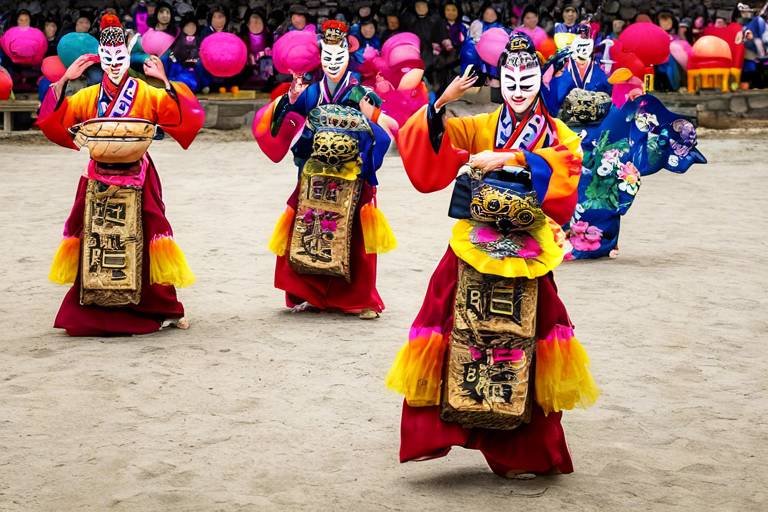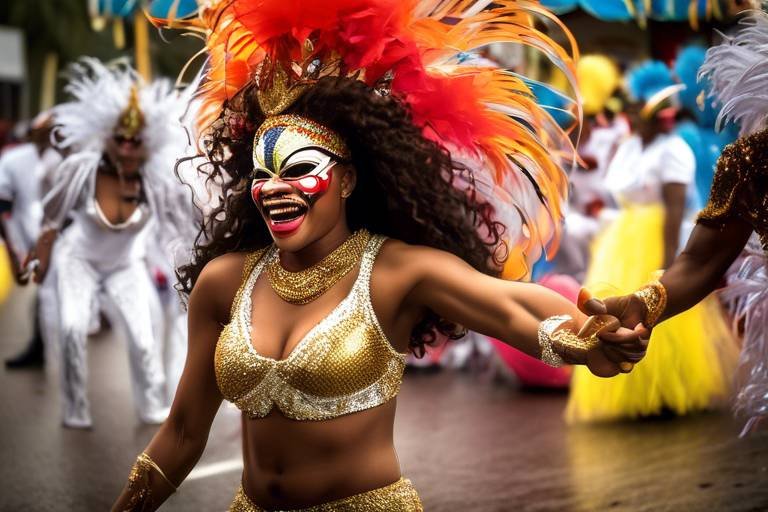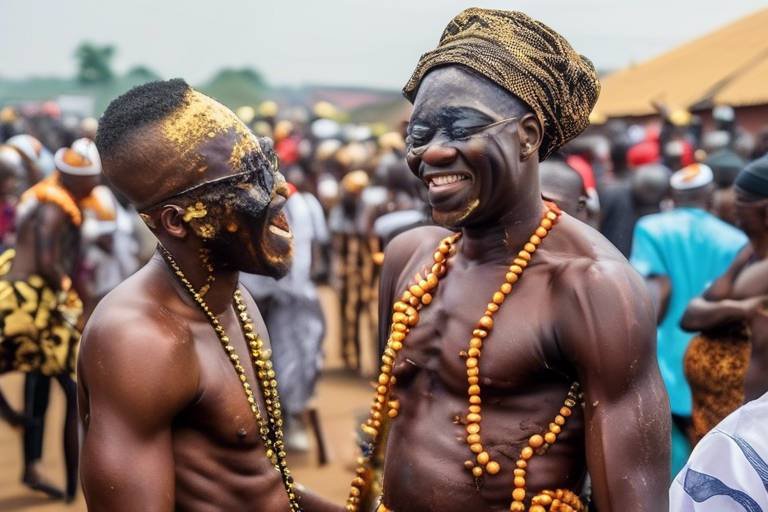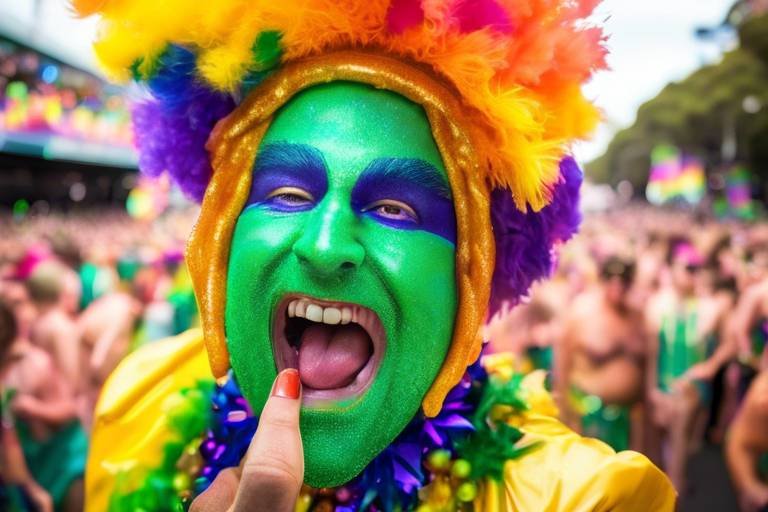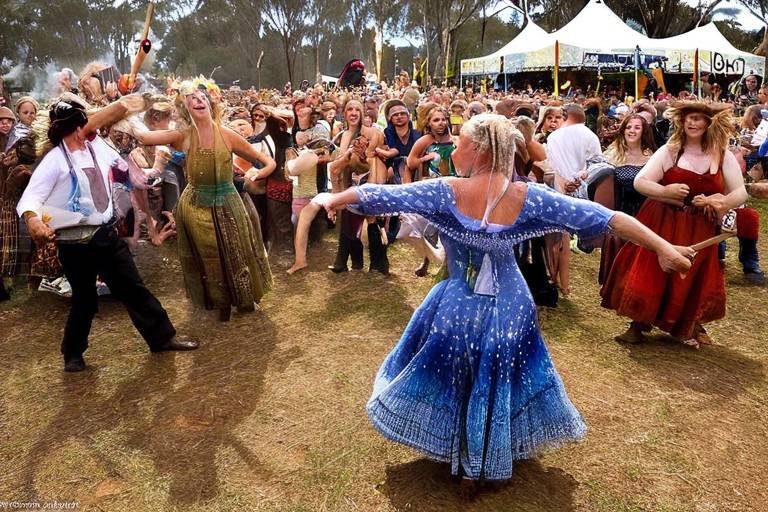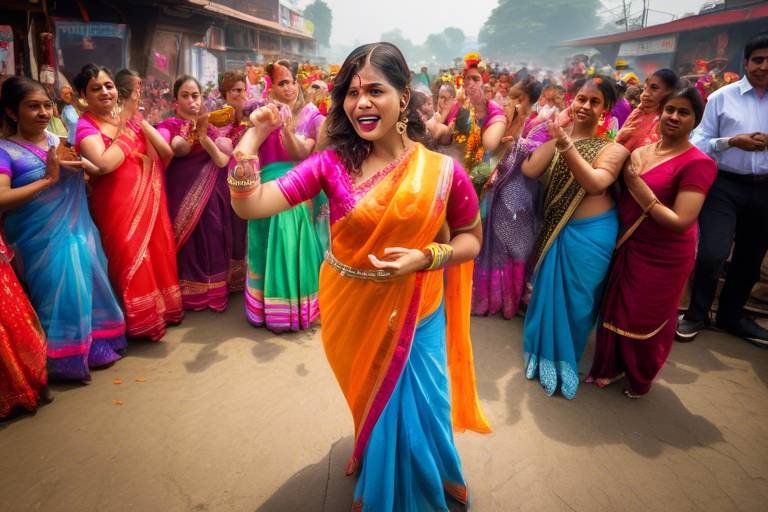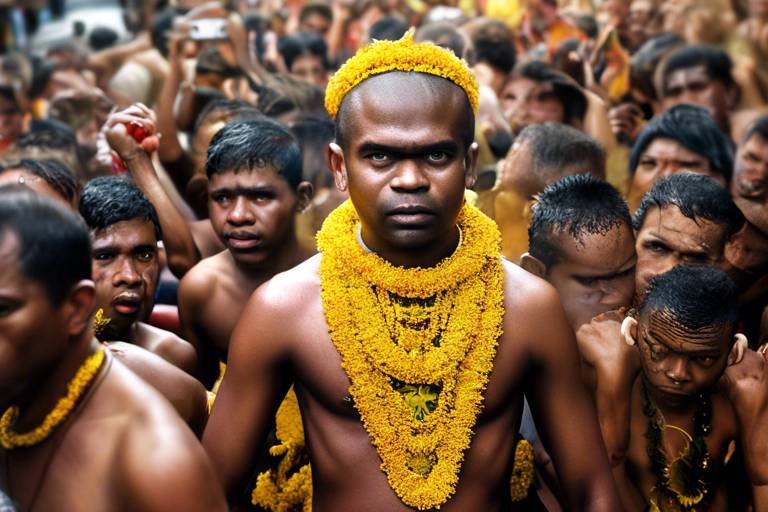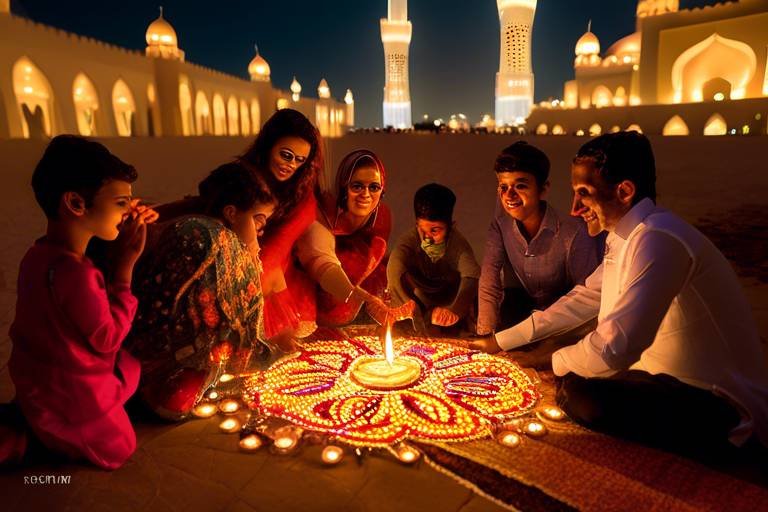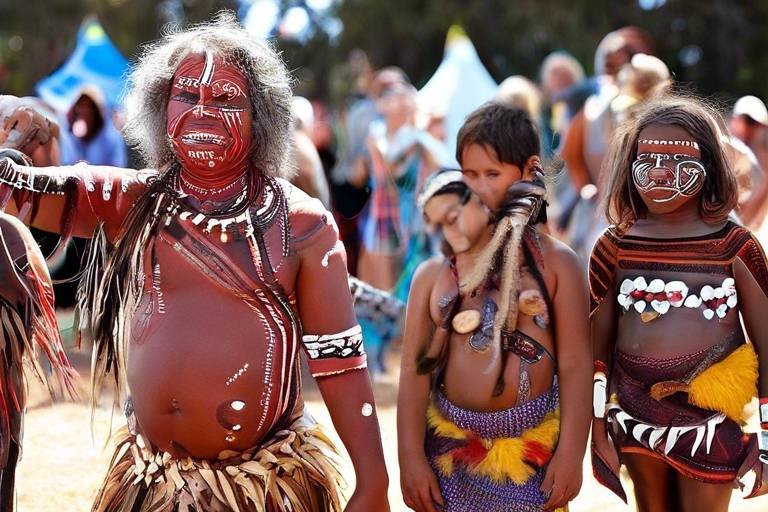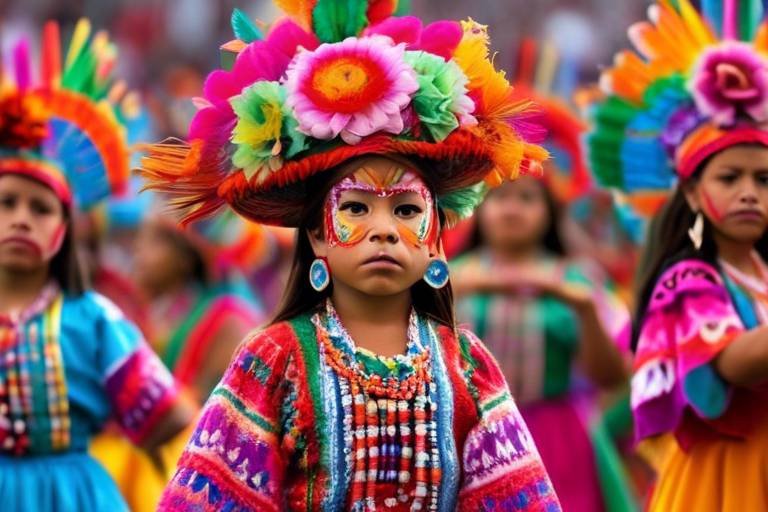The Grandness of India's Durga Puja Festival
India's Durga Puja Festival stands as a vibrant tapestry woven with cultural significance, traditions, and exuberant celebrations. It is a time when the air is filled with anticipation and excitement, honoring the goddess Durga and symbolizing the eternal triumph of good over evil. The festival's grandeur and magnificence captivate both locals and visitors alike, offering a glimpse into the rich heritage and spiritual fervor of India.
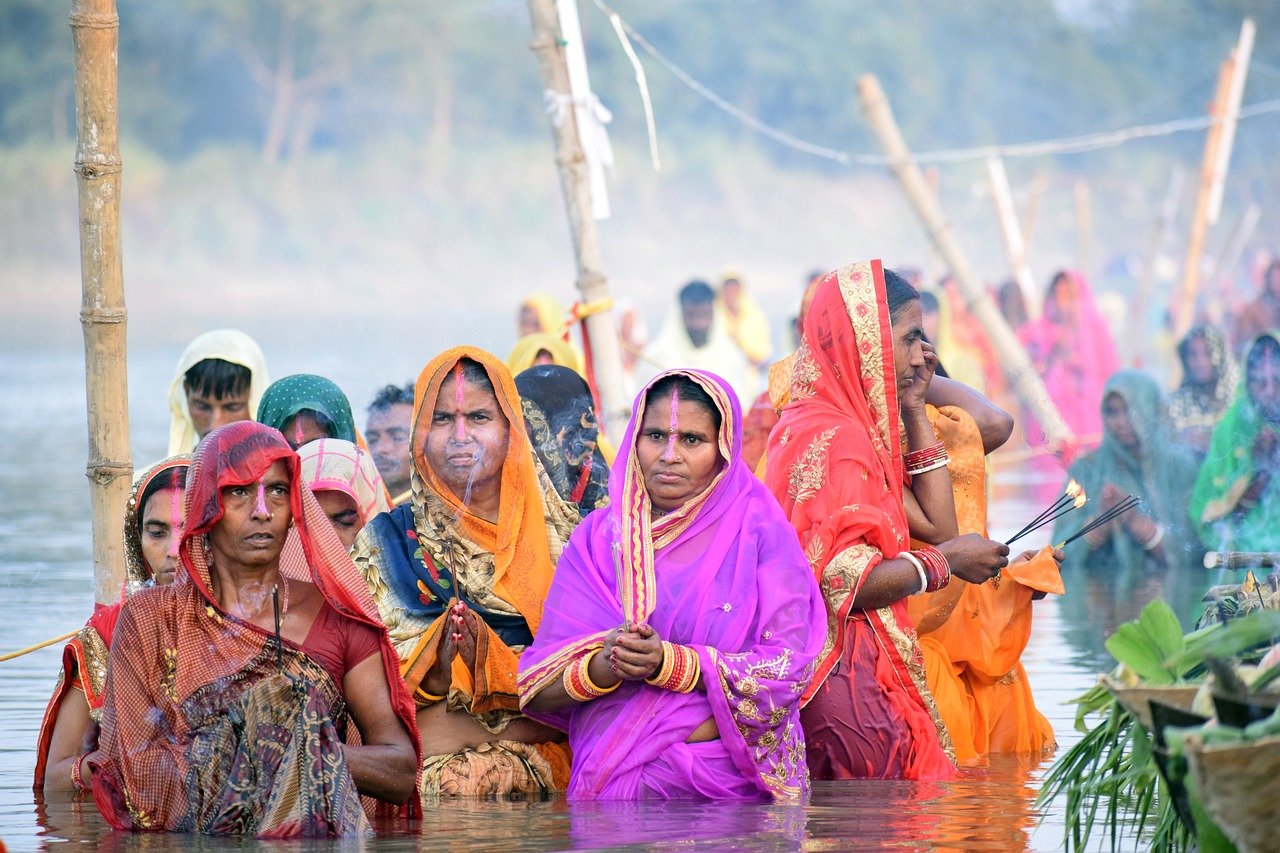
History and Origins of Durga Puja
The history and origins of Durga Puja trace back to ancient times, steeped in rich mythology and tradition. The festival venerates the powerful goddess Durga, symbolizing the victory of good over evil. According to Hindu mythology, Durga is believed to have manifested to defeat the demon Mahishasura, embodying the divine feminine energy and righteousness.
Legend has it that the gods bestowed their weapons and powers upon Durga, enabling her to vanquish the demon after a fierce battle that lasted for nine days and nights. This epic triumph is celebrated during the festival of Durga Puja, symbolizing the triumph of light over darkness, knowledge over ignorance, and justice over injustice.
Over the centuries, Durga Puja has evolved into a grand cultural extravaganza, blending ancient customs with contemporary expressions of devotion and artistry. The festival holds a special place in the hearts of millions of devotees, transcending religious boundaries and uniting communities in reverence and celebration.
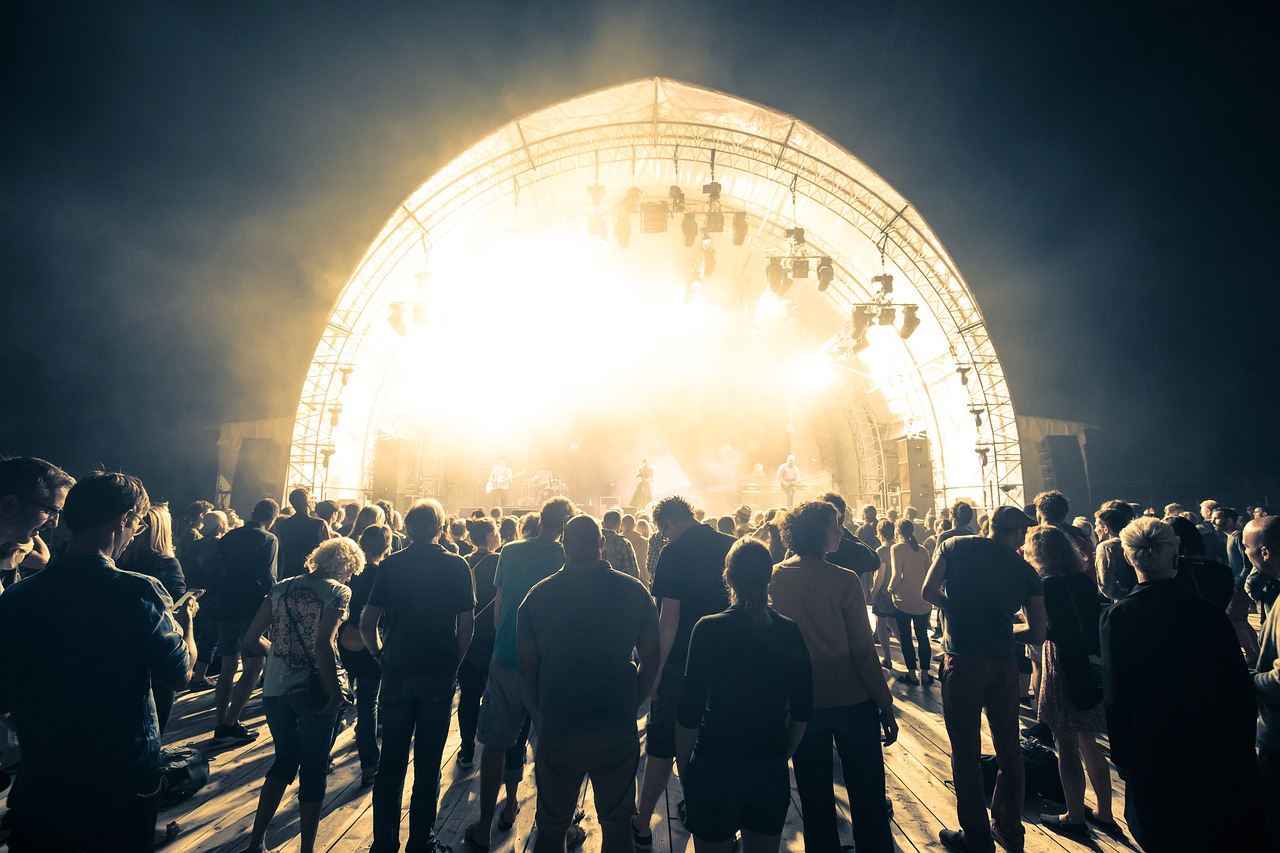
Preparations and Rituals
Exploring the cultural significance, traditions, and celebrations of one of India's most grand and vibrant festivals that honors the goddess Durga and symbolizes the victory of good over evil.
When it comes to the grand celebration of Durga Puja, meticulous preparations and intricate rituals play a crucial role in setting the stage for this auspicious occasion. Months before the festival, artisans and craftsmen immerse themselves in the meticulous process of creating the idols of goddess Durga and her divine entourage. This intricate idol-making process involves skilled hands sculpting clay to bring the goddess to life, infusing each detail with devotion and artistry.
The preparations extend beyond idol-making to encompass every aspect of the festival. Elaborate pandals, temporary structures that house the goddess Durga idols, are meticulously crafted with innovative themes and intricate designs that captivate the onlookers. The pandals serve as the focal point of the celebrations, drawing in crowds with their artistic marvels and creative displays.
Rituals and customs form an integral part of Durga Puja, with each step steeped in symbolism and tradition. From the sacred invocation of the goddess through elaborate ceremonies to the recitation of hymns and prayers, every ritual holds deep spiritual significance. The air is filled with the fragrance of incense, the sound of bells, and the sight of vibrant decorations that create a mesmerizing ambiance, inviting devotees to immerse themselves in the divine aura of the festival.
Community participation is another key aspect of Durga Puja, fostering a sense of unity and togetherness among devotees. The entire community comes together to organize and partake in the festivities, with each member contributing in their own way to make the celebration a grand success. Cultural performances, music, dance, and traditional practices further enrich the festive spirit, creating an atmosphere of joy and camaraderie.
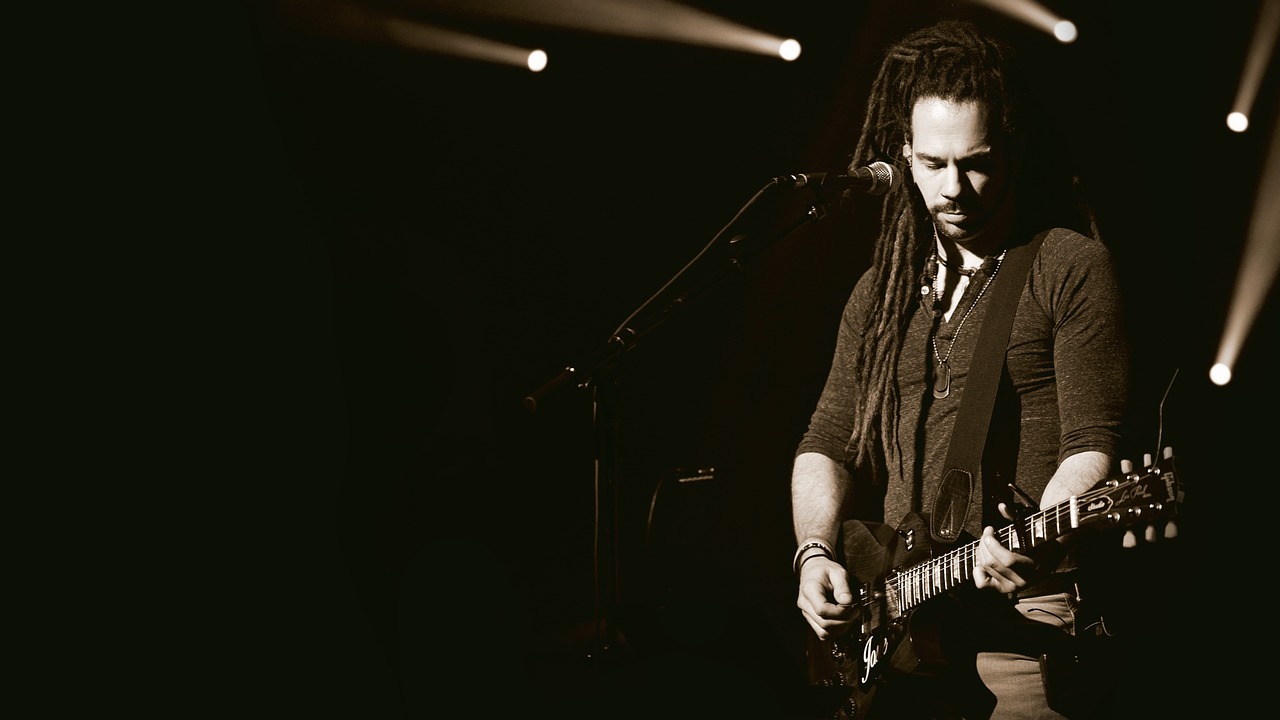
Community Participation and Festivities
Community participation and festivities play a vital role in the grand celebration of Durga Puja, fostering a sense of togetherness and cultural unity among devotees. The festival brings communities together, transcending social barriers and creating a vibrant atmosphere filled with joy and excitement. From organizing cultural performances to engaging in traditional practices, the spirit of camaraderie is palpable during Durga Puja.
One of the key aspects of community participation is the creation of elaborately decorated pandals, temporary structures housing the goddess Durga idols. Each pandal is a testament to the artistic talents of the community, with innovative themes and intricate designs that captivate visitors. The craftsmanship displayed in these pandals is awe-inspiring, showcasing the dedication and creativity of the organizers.
Furthermore, music and dance performances form an integral part of the festivities, adding a rhythmic charm to the celebrations. Cultural programs featuring traditional music genres like rabindra sangeet and dhaak performances create a lively ambiance, engaging both participants and spectators in the revelry of Durga Puja.
Community feasting is another highlight of the festival, where an array of delectable dishes and sweets are shared among neighbors and friends. The aroma of freshly prepared bhog permeates the air, enticing everyone to partake in the culinary delights offered as a form of devotion to the goddess Durga.
Overall, the community participation and festivities during Durga Puja exemplify the spirit of unity and cultural heritage, bringing people together in a joyous celebration that honors the goddess and strengthens the bonds within the community.

Pandals and Artistry
Pandals are the heart and soul of the Durga Puja celebrations, showcasing unparalleled artistry and creativity that leave spectators in awe. These temporary structures, intricately designed and adorned, serve as the abode for the goddess Durga idols during the festival. Each year, pandals compete to outshine one another with innovative themes, architectural marvels, and exquisite craftsmanship.
Walking through the lanes adorned with these magnificent pandals is like stepping into a wonderland where imagination meets reality. The attention to detail in the decorations, the play of lights, colors, and textures create a mesmerizing ambiance that captivates visitors and transports them to a realm of divine beauty and artistic splendor.
Artisans and craftsmen pour their heart and soul into creating these mesmerizing pandals, often working tirelessly for months to bring their vision to life. The themes vary from traditional motifs to contemporary concepts, each telling a unique story and invoking a sense of wonder and reverence among the devotees.
Moreover, the pandals serve as more than just temporary structures; they are cultural landmarks that reflect the rich heritage and artistic prowess of the community. Visitors not only admire the visual spectacle but also appreciate the dedication and skill that goes into building these elaborate structures that stand as a testament to human creativity and devotion.
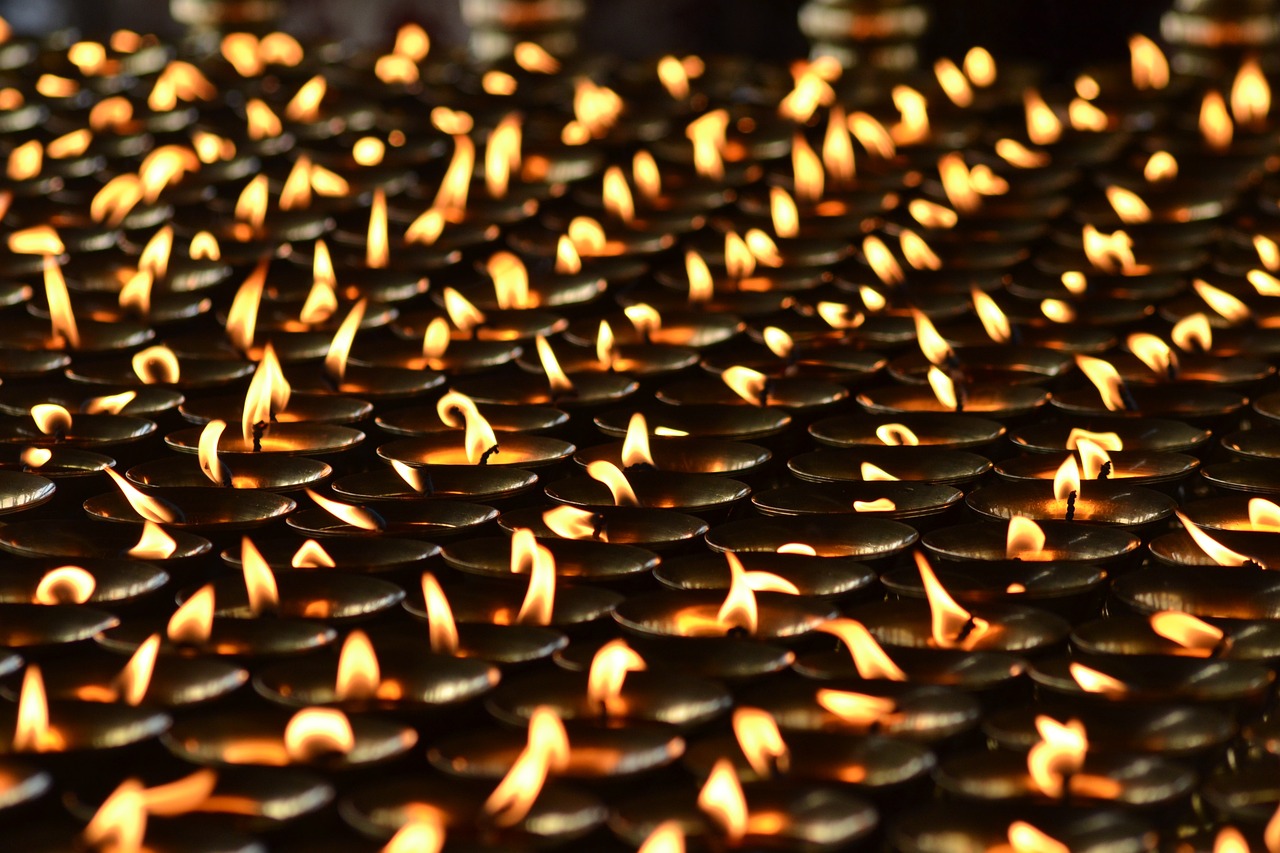
Culinary Delights and Offerings
One of the most anticipated aspects of the Durga Puja festival is the array of culinary delights and offerings that tantalize the taste buds of devotees and visitors alike. The festival is a feast for the senses, with an abundance of traditional dishes and sweets that hold cultural significance and are prepared with utmost devotion and care.
The culinary journey during Durga Puja is a reflection of India's rich gastronomic heritage, showcasing a blend of flavors, textures, and aromas that are deeply rooted in tradition. From the savory delights of aloo posto and luchi to the sweet indulgence of rosogolla and sandesh, each dish tells a story of culinary artistry passed down through generations.
Offerings made to the goddess Durga during the festival hold a special place in the hearts of devotees. These offerings, known as prasad, are meticulously prepared and presented as a symbol of gratitude and devotion. The act of partaking in prasad is a sacred ritual that strengthens the bond between the worshippers and the divine.
During Durga Puja, community kitchens known as annapurna mandaps are set up to serve free meals to all, regardless of caste, creed, or social status. This act of seva (selfless service) embodies the spirit of unity and equality that lies at the core of the festival.
Every dish served during Durga Puja is infused with love and devotion, creating a harmonious blend of flavors that not only satiate hunger but also nourish the soul. The culinary delights and offerings of Durga Puja are a celebration of life, unity, and the joy of sharing a meal with loved ones.

Symbolism and Significance
The Durga Puja festival holds profound symbolism and spiritual significance in Hindu culture, symbolizing the victory of good over evil and the power of the divine feminine. The festival's essence lies in the portrayal of goddess Durga, who embodies strength, courage, and protection. Durga is depicted with multiple arms, each holding symbolic weapons that represent her various powers to combat negativity and restore balance in the universe.
Furthermore, the act of worshiping goddess Durga during this festival is believed to invoke her blessings for prosperity, success, and well-being. The rituals and prayers performed during Durga Puja are not merely ceremonial but are deeply rooted in ancient traditions that emphasize the importance of righteousness and devotion.
The image of Durga slaying the demon Mahishasura is a central theme of the festival, signifying the triumph of righteousness over evil forces. This mythological tale serves as a reminder of the eternal battle between good and evil and the ultimate victory of righteousness. The elaborate rituals and ceremonies conducted during Durga Puja are symbolic gestures of reverence and gratitude towards the goddess for her benevolence and protection.
Moreover, the portrayal of goddess Durga as a fierce warrior goddess also symbolizes the empowerment of women and the celebration of feminine strength. The festival serves as a platform to honor and respect women as embodiments of divine energy and nurturers of life.
In essence, Durga Puja transcends mere religious observance and embodies a deeper spiritual significance that resonates with devotees on a profound level. It is a time of reflection, renewal, and spiritual awakening, where individuals seek blessings, guidance, and inner strength from goddess Durga to navigate life's challenges and adversities.
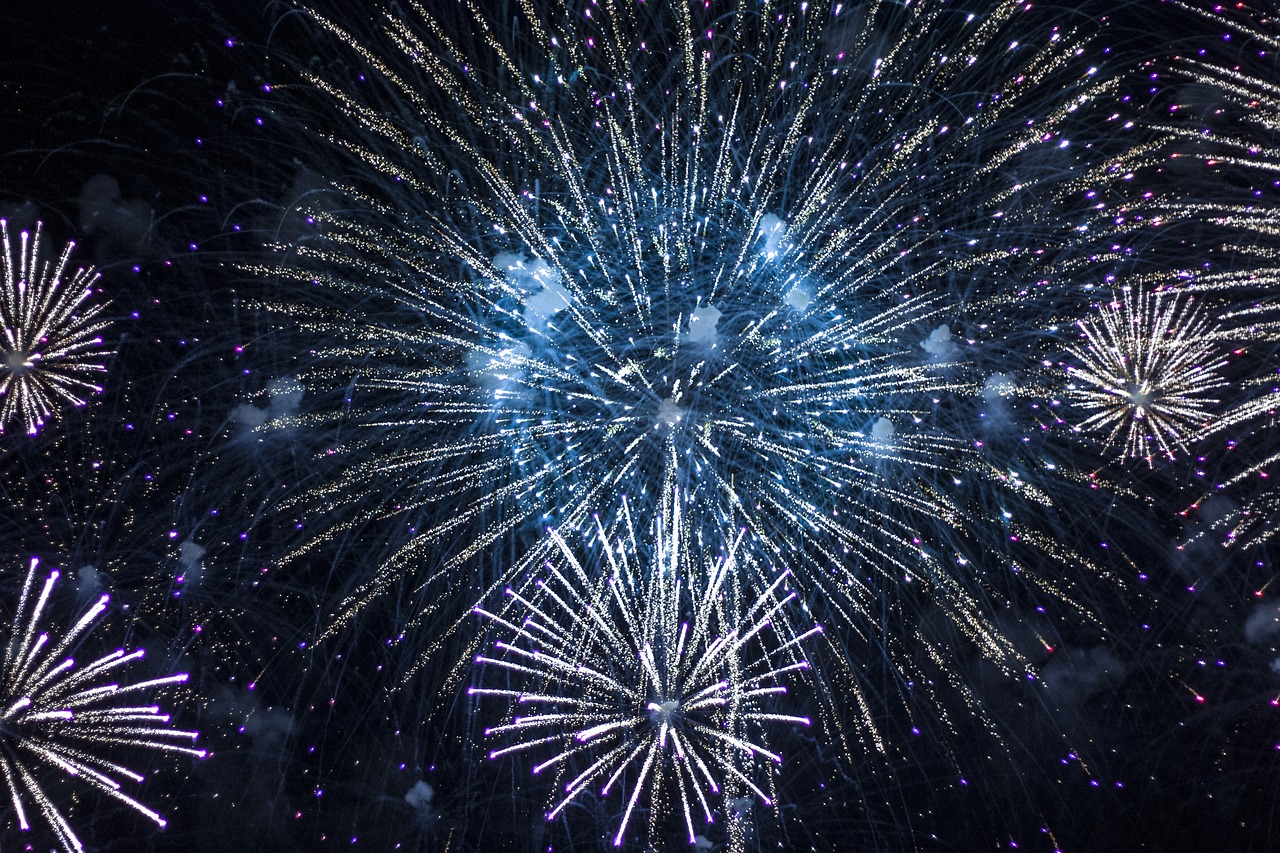
Global Celebrations and Impact
The grandeur of India's Durga Puja festival extends far beyond its borders, captivating hearts and minds around the world. This vibrant celebration of culture and spirituality has transcended geographical boundaries, finding resonance in the hearts of the Indian diaspora and enthusiasts globally. From the bustling streets of Kolkata to the lively festivities in New York, London, and beyond, Durga Puja has become a symbol of unity, diversity, and cultural exchange.
Indian communities across the globe come together during Durga Puja, showcasing their rich traditions and heritage through elaborate rituals, colorful processions, and artistic displays. The festival serves as a cultural bridge, connecting people of different backgrounds and beliefs in a shared celebration of faith and festivity.
Not only does Durga Puja bring together people from various parts of the world, but it also leaves a lasting impact on the communities where it is celebrated. The festival promotes cultural understanding and mutual respect, fostering a sense of belonging and camaraderie among participants. Through music, dance, food, and art, Durga Puja spreads joy and positivity, leaving a legacy of unity and goodwill.

Future Trends and Evolution
As we look towards the future of Durga Puja, we witness a fascinating evolution taking place within this age-old festival. Modern trends are gradually weaving their way into the traditional fabric of Durga Puja, creating a unique tapestry of cultural fusion. One notable trend is the incorporation of technology into the celebrations, with pandals using innovative lighting and sound effects to enhance the visual and auditory experience for visitors. This fusion of tradition and technology adds a new dimension to the festivities, captivating audiences in ways never seen before.
Furthermore, the evolving social dynamics have also influenced the way Durga Puja is celebrated. The festival is no longer confined to just the religious realm but has become a platform for social gatherings, networking, and community engagement. It serves as a melting pot where people from diverse backgrounds come together to celebrate, exchange ideas, and build relationships, fostering a sense of unity and inclusivity.
Another interesting trend is the increasing emphasis on sustainability and eco-friendliness in Durga Puja celebrations. Many pandals are now opting for eco-friendly materials and practices, such as using biodegradable decorations and promoting waste management initiatives. This conscious effort towards sustainability not only aligns with global environmental concerns but also reflects a deeper respect for nature and the goddess Durga, who is revered as the protector of the environment.
Moreover, the artistic expressions showcased in Durga Puja pandals are evolving with contemporary influences, blending traditional craftsmanship with modern aesthetics. Artists are experimenting with unconventional materials, styles, and themes, pushing the boundaries of creativity and redefining the visual appeal of the festival. This fusion of tradition and innovation not only attracts a wider audience but also ensures the continuity of Durga Puja's artistic legacy in the modern era.
As we witness these exciting trends and transformations in Durga Puja, one thing remains certain – the essence and spirit of the festival continue to thrive and resonate with people across generations. The evolution of Durga Puja reflects the dynamic nature of culture, where traditions evolve, adapt, and endure, ensuring that the grandeur of this festival remains timeless and captivating for years to come.
Frequently Asked Questions
- What is the significance of Durga Puja?
Durga Puja is a major Hindu festival that celebrates the victory of goddess Durga over the demon Mahishasura, symbolizing the triumph of good over evil. It holds immense cultural and spiritual significance for Hindus, marking the homecoming of the goddess and invoking her blessings for prosperity and protection.
- How is Durga Puja celebrated?
Durga Puja is celebrated with great fervor and enthusiasm, involving elaborate rituals, colorful decorations, community gatherings, cultural performances, and traditional ceremonies. People visit beautifully crafted pandals to pay homage to the goddess and partake in festivities that include music, dance, and feasting.
- What are some traditional rituals associated with Durga Puja?
Traditional rituals of Durga Puja include the installation of Durga idols, recitation of sacred hymns, offering of prayers and bhog (food offerings), cultural programs, Sindoor Khela (vermilion ritual), immersion of idols in water bodies, and seeking blessings for health and prosperity.
- How do people prepare for Durga Puja?
Preparations for Durga Puja involve months of planning, including the construction of pandals, creation of idol structures, shopping for new clothes and accessories, organizing cultural events, and preparing delicious traditional meals and sweets to offer to the goddess and share with family and friends.
- Is Durga Puja only celebrated in India?
While Durga Puja has its roots in India, it is also celebrated by Indian diaspora communities around the world. Countries like Bangladesh, Nepal, the United States, the United Kingdom, and Australia host grand Durga Puja celebrations, showcasing the global appeal and cultural diversity of this vibrant festival.



